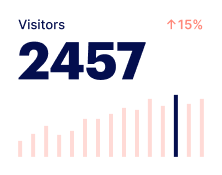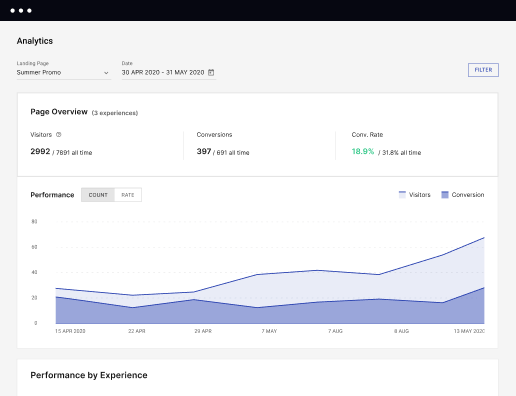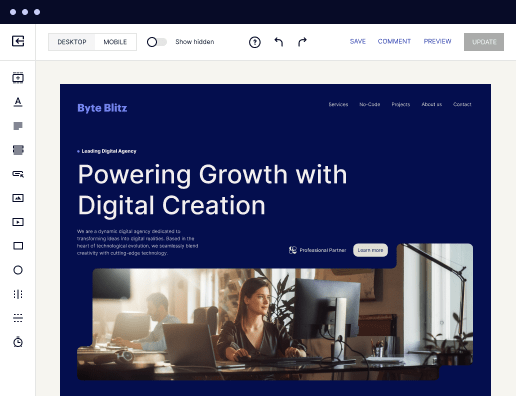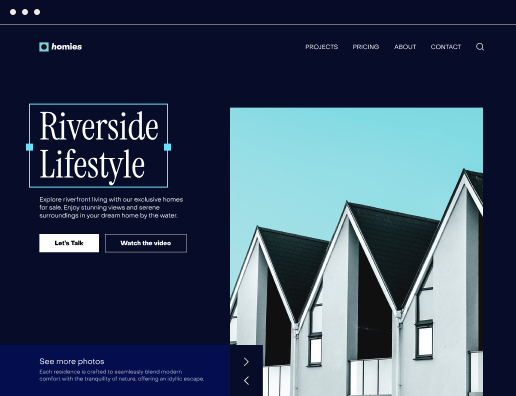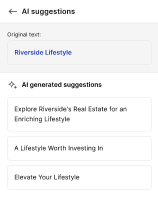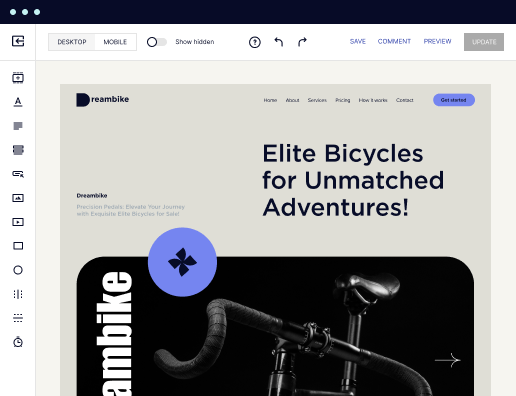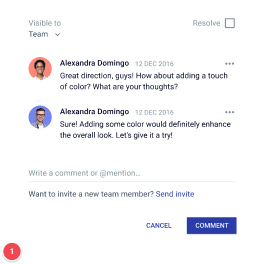Make a high-performance 403 forbidden page optimized for SeaMonkey
Utilize Instapage to reduce costs, enhance conversions, and deliver tailored experiences in SeaMonkey.
Creating a 403 Forbidden Page in SeaMonkey: A Step-by-Step Guide
A 403 Forbidden error page typically indicates that the server understands the request but refuses to authorize it. Understanding how to build a customized 403 page in SeaMonkey can significantly enhance user experience, especially for marketers focused on retaining site visitors. Instapage offers seamless solutions for developers and marketers alike, allowing them to create tailored landing pages quickly and effectively for all kinds of web experiences, including error pages.
Understanding the Basics of a 403 Forbidden Page
A 403 Forbidden page signals to users that access to the resource is restricted. It is vital for marketers to ensure that even error pages maintain the brand's voice and values. This page serves both an informative and a branding purpose, keeping the user's trust despite the error encountered. Here are a few reasons why you should pay attention to your 403 pages:
- Brand Consistency: A well-designed 403 page aligns with your overall branding, helping retain visitor trust.
- User Guidance: Provide clear instructions or links to help users navigate to accessible parts of the site.
- SEO Benefits: Optimizing your error pages can help in maintaining site rankings and user engagement.
Step 1: Accessing Template Options in SeaMonkey
To create a customized 403 Forbidden page in SeaMonkey, start by accessing the template options.
- Navigate to SeaMonkey's page editor where you can select pre-made templates.
- Customize the chosen template by replacing placeholder text with your 403 page content.
- Ensure to modify the visual elements to align with your brand colors and styles.
Step 2: Crafting the Content for Your 403 Page
An excellent 403 page balances a friendly reminder and useful navigation options. Key components to include are:
- Clear Message: State that access is forbidden while encouraging users to explore other areas of the website.
- Visual Elements: Consider adding images or graphics that represent your brand to keep the page visually engaging.
- Helpful Links: Provide buttons or links directing users to the homepage or other relevant sections, improving user experience.
Step 3: Testing and Publishing Your 403 Page
After designing your 403 page, thorough testing is essential. Ensure that it functions correctly across different browsers and devices. Once confirmed, publish your page.
Incorporate user feedback to continually enhance the functionality of this page. This proactive approach fosters customer loyalty by reassuring users that their experience matters.
By utilizing Instapage's templates in a SeaMonkey environment, marketers can effortlessly create optimized landing pages, including error pages. Start creating your 403 Forbidden page today to ensure that even our mistakes are opportunities for connection.
Get more out of Make your 403 forbidden page in SeaMonkey
Improve your Quality Score with quick load technology for landing pages
Increase conversions with content that aligns with your ads and audiences
Achieve maximum ROI by scaling your marketing initiatives
Leading the way in building high-performing landing pages





FAQs
See how to make your 403 forbidden page in seamonkey in action
Ready to skyrocket conversions?
Supercharge your ad campaigns with high-performing landing pages.
Get started
